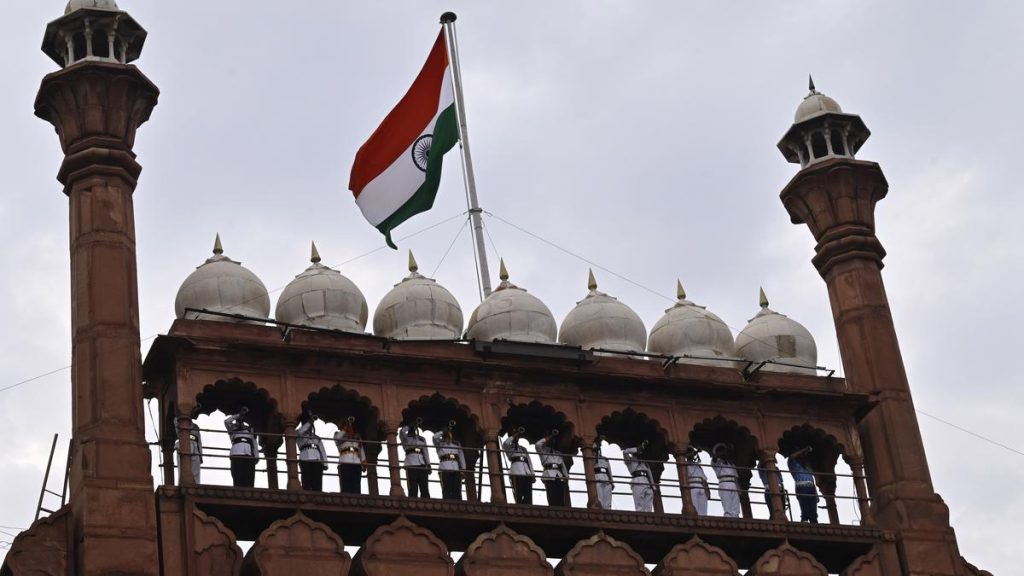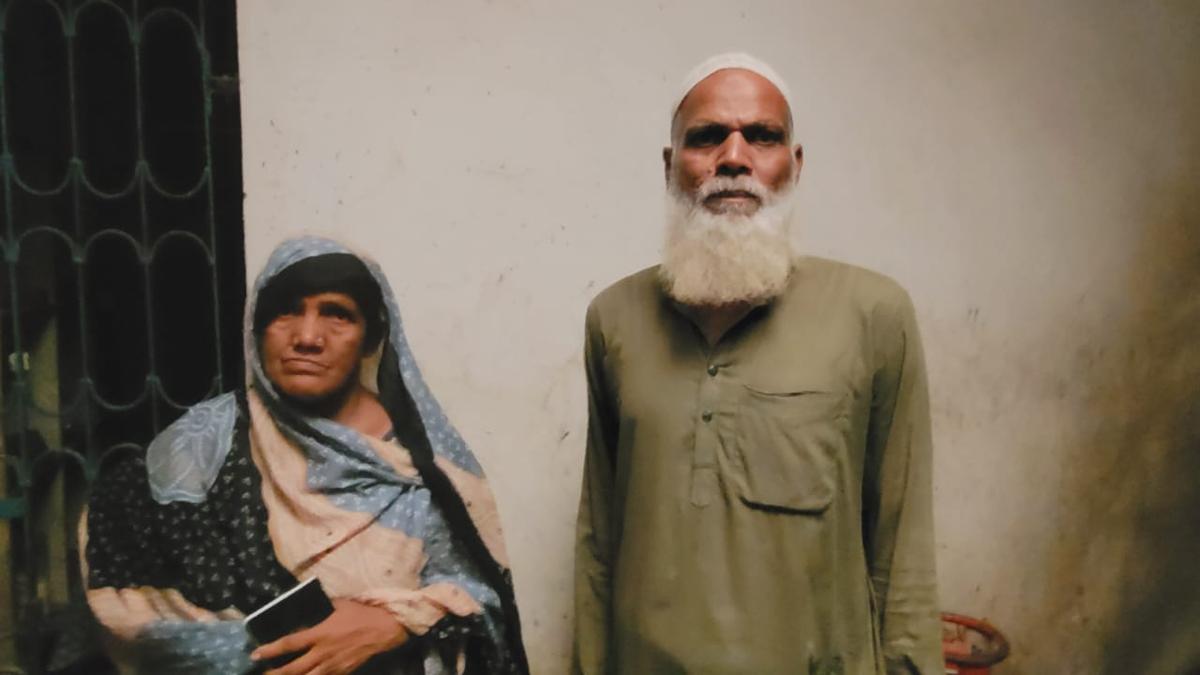Now Reading: How Hyderabad’s Left-Handers Thrive in a Right-Handed World
-
01
How Hyderabad’s Left-Handers Thrive in a Right-Handed World
How Hyderabad’s Left-Handers Thrive in a Right-Handed World

Rapid Summary
- International Left Handers Day is observed annually on August 13, highlighting the experiences of left-handed individuals.
- Hyderabad’s left-handed population faces challenges due to spaces and tools designed primarily for right-hand use. Examples include the placement of biometric scanners, swipe machines in supermarkets, and poorly aligned tools in educational settings.
- Cultural attitudes towards left-handedness have historically been mixed; some perceive it as a stigma, while others consider it lucky.Societal pressure has often influenced behavior modifications among older individuals, such as eating with the right hand instead of the left.
- Craft-specific issues are also noted-tailors sometimes receive requests to reverse shirt buttons or adjust zipper directions for comfort,although these instances are rare but valued by customers.
- Younger generations face practical hurdles rather than societal stigma, such as ill-suited rulers or inconvenient seating arrangements in workshops and classrooms.
- Restaurant layouts can cause discomfort for left-handers when table placements or designs aren’t accommodating their needs.
- Left-handers advocate for inclusive design across public spaces like schools, offices, and restaurants to make everyday tasks more accessible.
Indian Opinion Analysis
The discussion around inclusivity for left-handers sheds light on an crucial yet understated dimension of everyday bias embedded in collective societal norms and infrastructure designs. While cultural stigmas attached to left-handedness have receded over time with better awareness among newer generations-in contrast to earlier eras-they remain reflective of deeper challenges related to cultural conditioning within India.
Practical inconveniences faced across professional environments (e.g., scanners), educational settings (e.g., rulers/tools), or even restaurants signify that design decisions often exclude specific user groups inadvertently. Such exclusions not only affect efficiency but also raise broader questions about lived equality.
Addressing these gaps may seem minimal compared to larger policy reforms; however, foregrounding inclusiveness even at micro levels can serve both symbolic importance and pragmatic impact toward fostering holistic accessibility within modern India’s evolving democratic ethos.
read more at The Hindu























